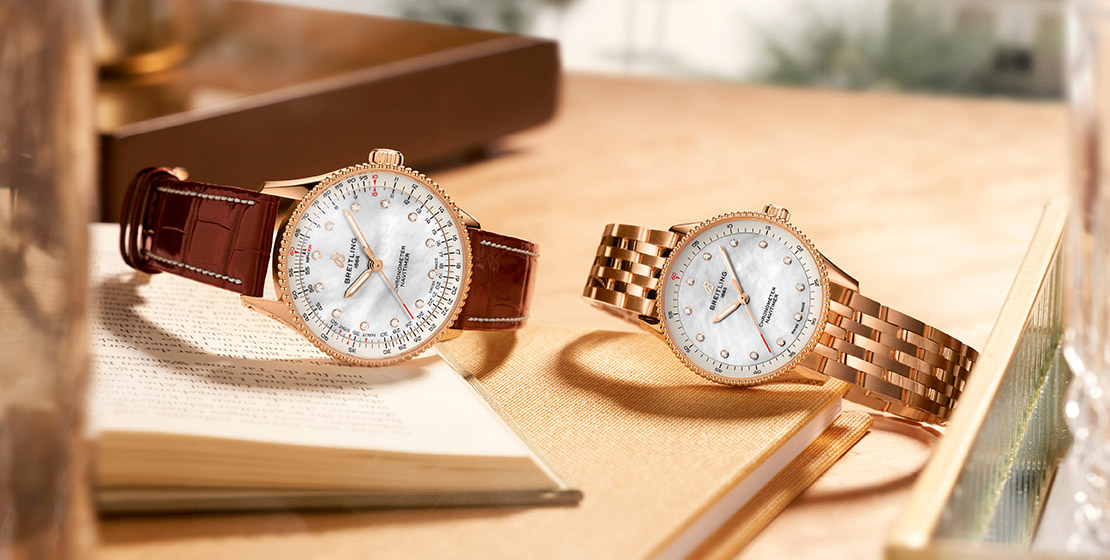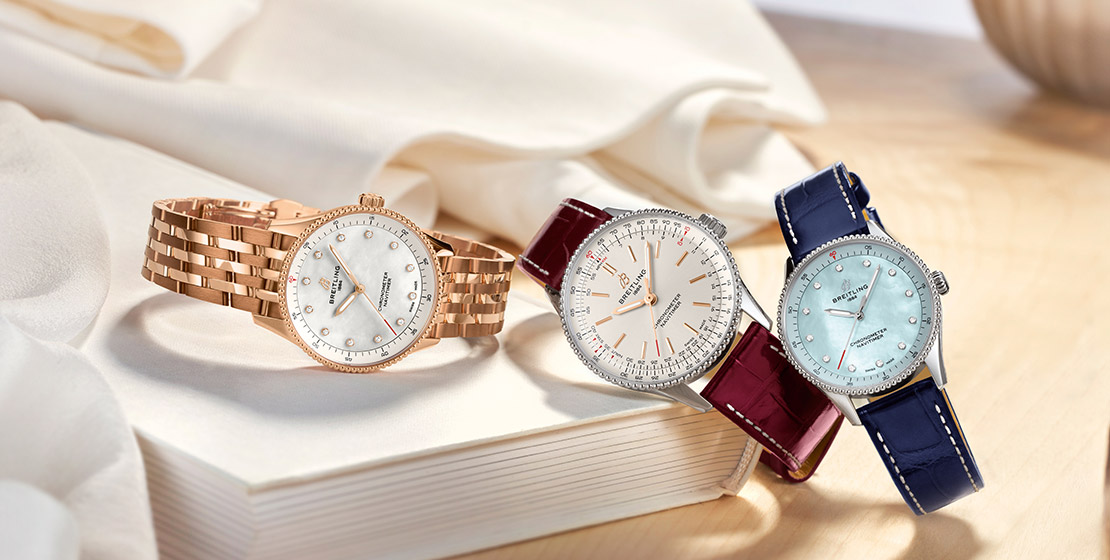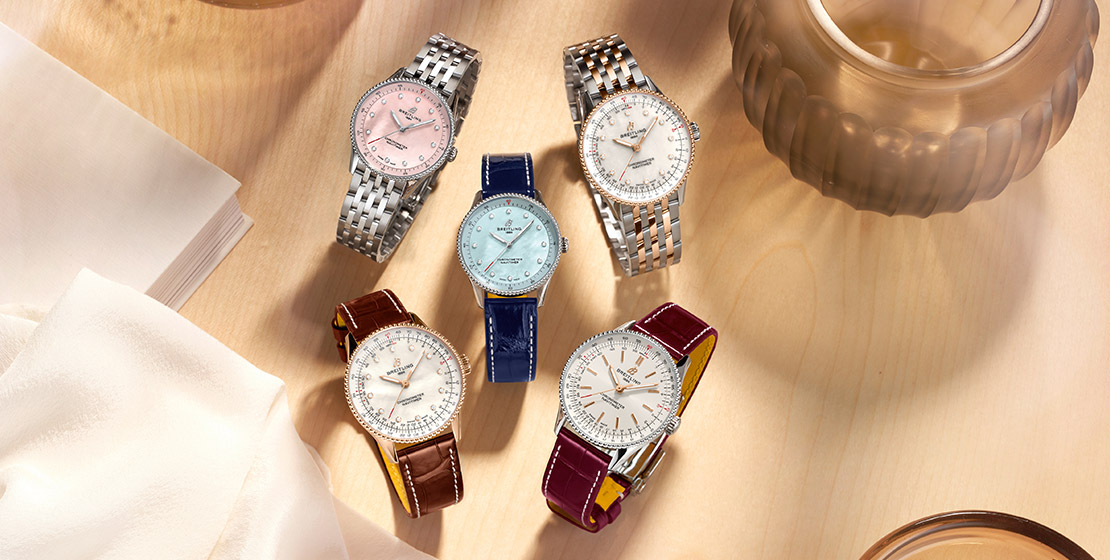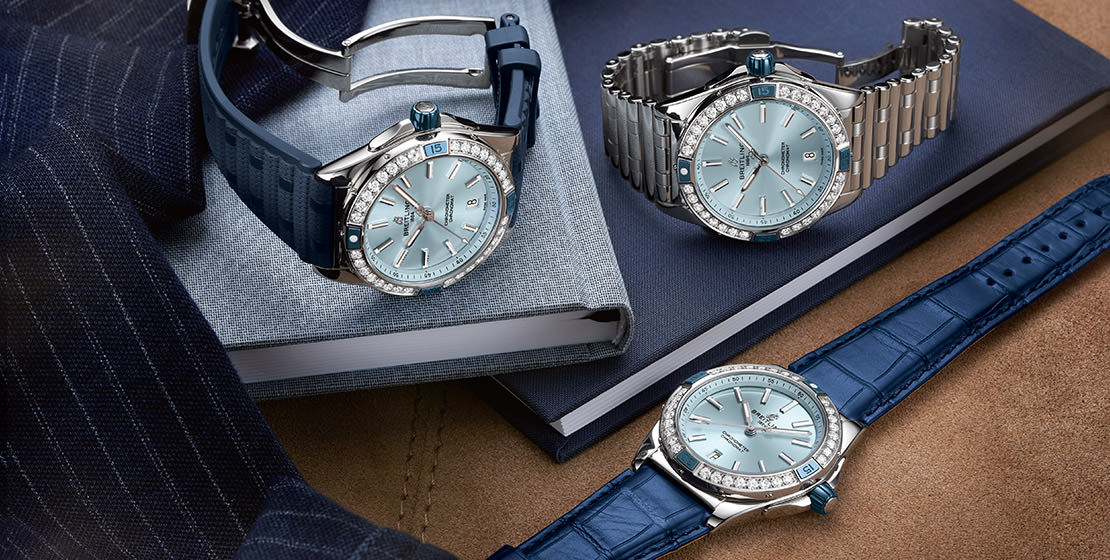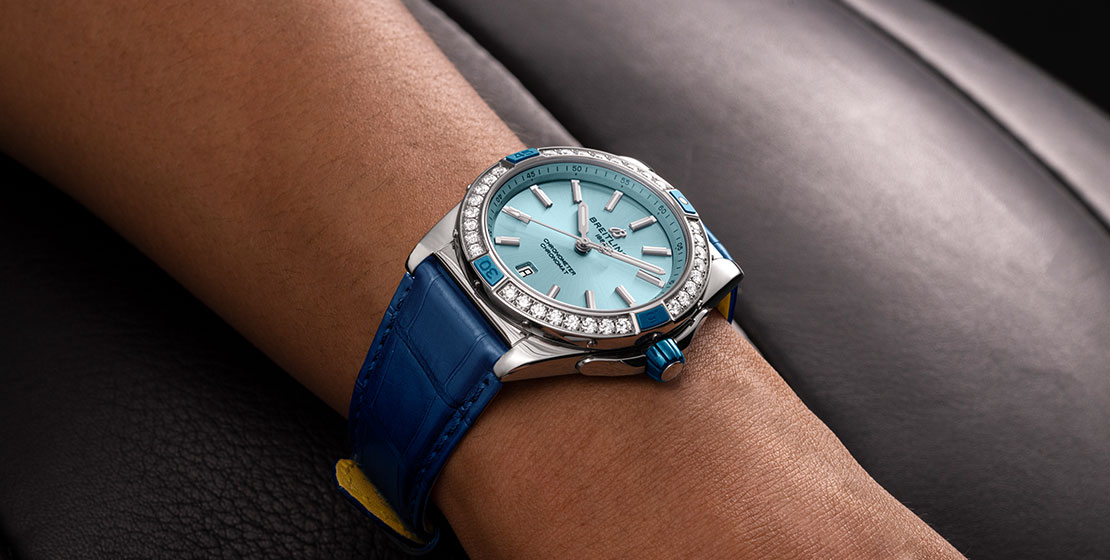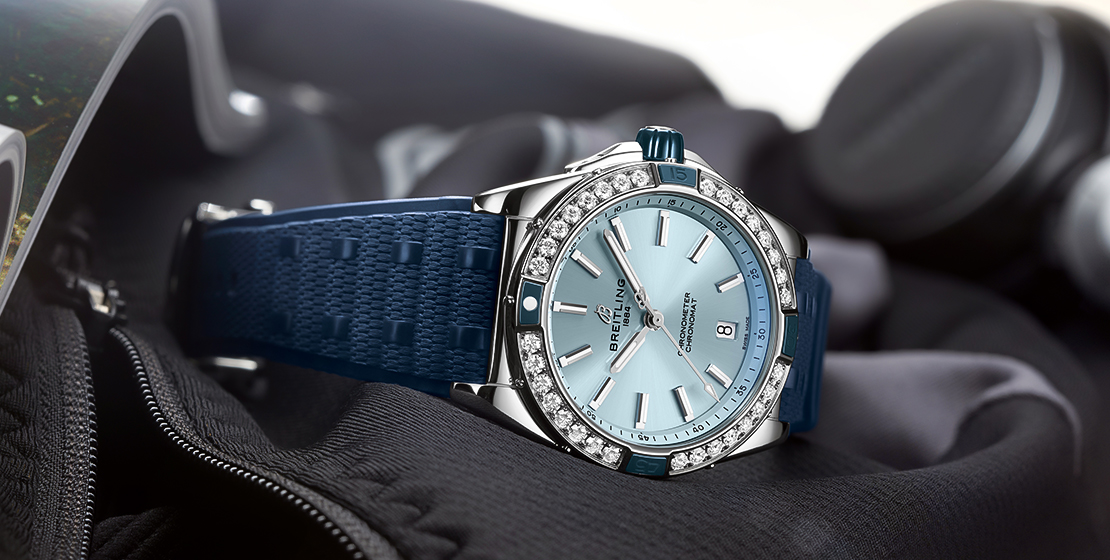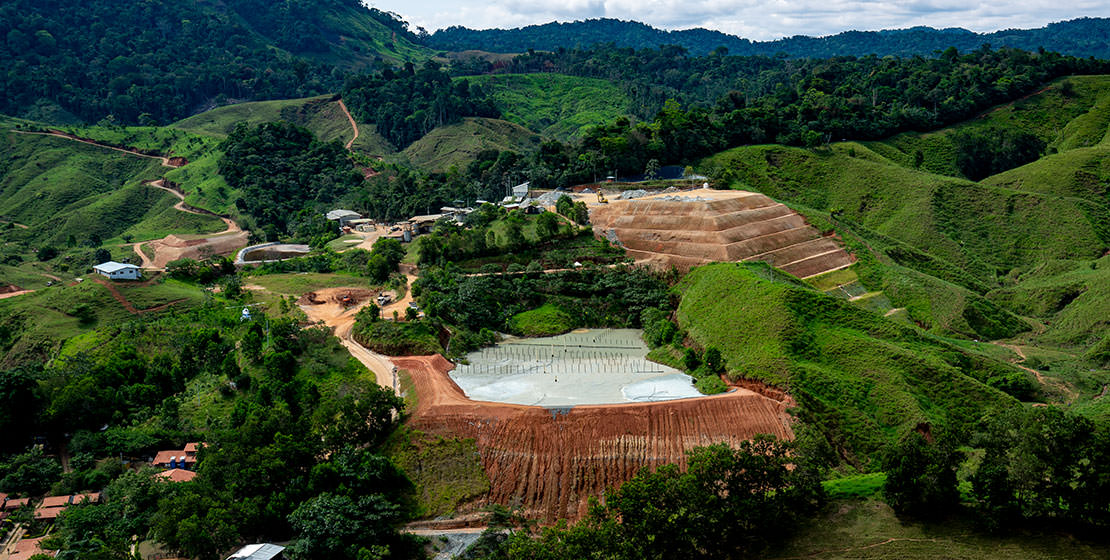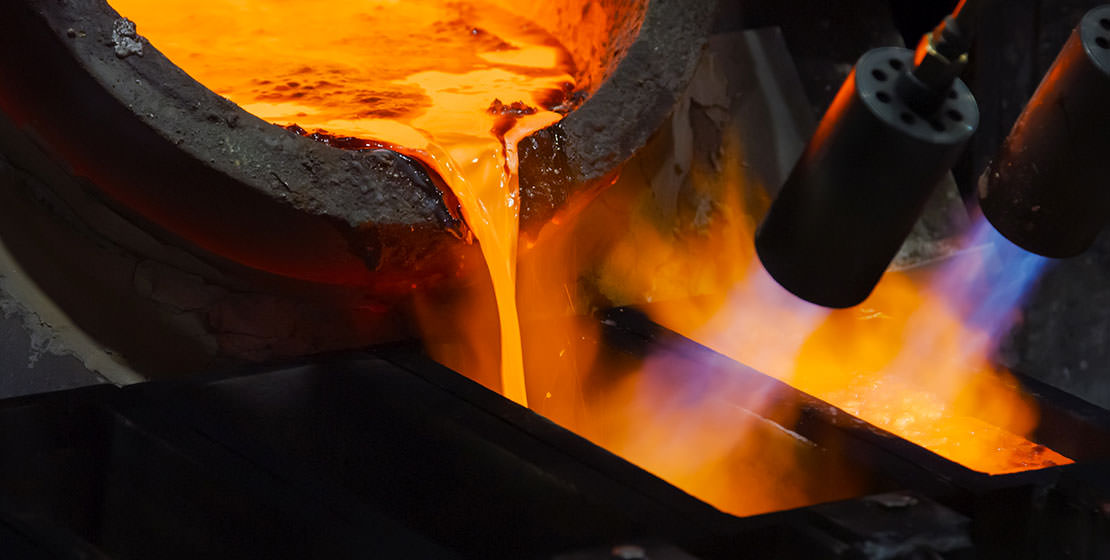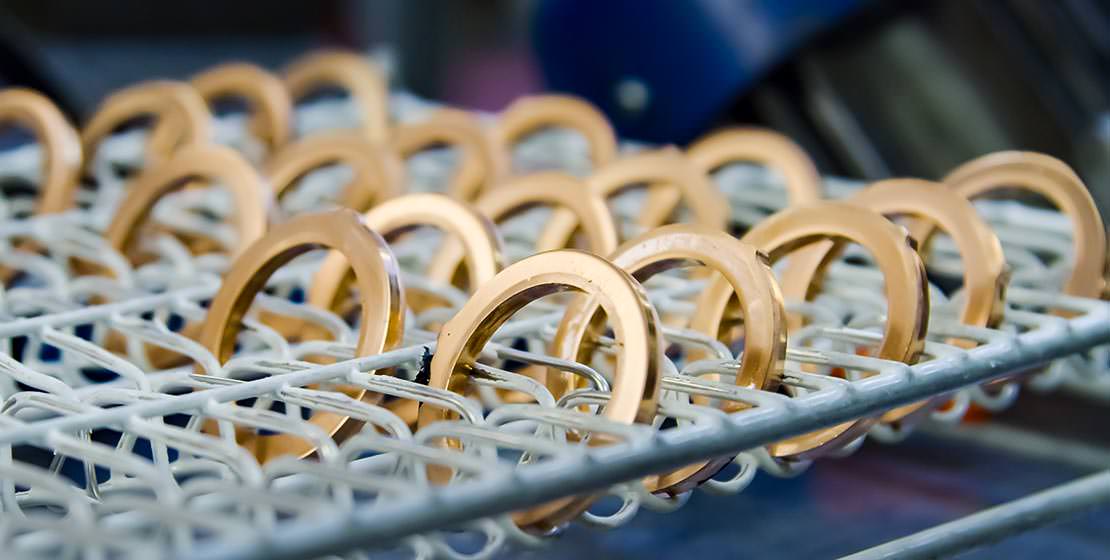Q&ABreitling’s Sustainability Head Shares Details On All Of The Brand’s Sustainable Practices
“Our approach encompasses these pillars—product, planet, people, prosperity and progress—and importantly, the intersectionality between and among these subjects,” states Aurelia Figueroa, global head of sustainability for Breitling. Here, she talks about the most recent initiative of traceable, responsibly-sourced materials, and a lot of the other sustainable practices pertaining to the other pillars she mentions
May We Recommend
Last year, the brand had announced the use of responsibly-sourced gold and lab-grown diamonds. How has that initiative taken off?
Driven by the input of an inclusive stakeholder group to address social and environmental impacts along our value chain, while ensuring product integrity, in 2020 we embarked upon efforts to redesign our global value chains to source traceable artisanal and small-scale (ASM) gold and lab-grown diamonds. In 2022, we released our first product featuring both of these materials, the Super Chronomat Automatic 38 Origins.

Meanwhile, we have continued to engage across our supply chains to support positive systemic change across a range of factors that impacted social and environmental performance. We have engaged with gold-sourcing communities in Latin America to develop tailored initiatives supporting community development objectives, including the construction of health facilities and schooling programs. And, we are working with our lab-grown diamond sourcing communities in Gujarat to develop a meaningful approach to support women’s economic empowerment and social entrepreneurship for economic development.
In the marketplace, our efforts are being well met by our consumers, who expect socially and environmentally responsible products, without compromising the quality and aesthetics. Consumer behaviour has changed in recent years. Today’s customers choose a more conscious lifestyle and products that are responsibly produced. They want to know about origin and measures taken along the supply chain to address sustainability topics and the intersectionality among these. Especially for luxury goods, responsible sourcing and information on provenance are key criteria to be able to enjoy the full experience.
By working with carefully selected suppliers, we can ensure that the artisanal and small-scale gold and lab-grown diamonds that are traceable and free of association with conflict, human rights abuses or environmental degradation across a range of factors, including climate change, biodiversity, water, and land use. For the lab-grown diamonds we source, we believe that the better social and environmental impact—combined with the high purity of these diamonds (each is type IIa, which is a distinction realised by only one to two percent of mined diamonds)—is perceived as having a higher overall value by our customers.

Will the goal to use these materials for all gold/diamond watches by 2025 be accomplished? What is the strategy behind the roadmap towards that deadline?
We are working on these ambitious and industry-leading goals across a range of departments at Breitling as these concern fundamental aspects of business transformation both internally and along our value chain. In our 2023 Sustainability Mission Report we transparently report on our progress. As mentioned before, our roadmap began last October with the launch of the Super Chronomat Automatic 38 Origins, which goes in line with our #SquadOnAMission to do better to deliver beautiful products and experiences using better materials, better manufacturing, and better packaging. Origins has allowed us to lay down roots enabling us to create the tools to extend this project to Breitling’s entire watch collection. We are already working to establish traceability of gold and lab-grown diamonds, responsibly sourced by accredited suppliers, by 2025. It is a very challenging target we have set for ourselves and we are following it closely and with a range of stakeholders to drive it to realisation.
Are the traceable gold and lab-grown diamonds being sourced based on the larger product launch plan? Or is the launch plan being determined based on the availability of these materials?
We closely collaborate among the teams responsible for overseeing the product launch plan and sourcing to align both objectives.
What has been the industry’s reaction to this project to switch completely to such gold and diamonds?
There are various ways to build and run a supply chain. There are companies who decide to only source gold from large scale sources or recycled gold. This usually happens because of either the high perceived risks related to ASM sourcing (there are a number of well-known issues related to ASM) and/or because of the small and unstable volumes delivered by these producers.
However, there is also a growing number of companies who decide to take the challenging road by engaging with ASM producers and supporting social and environmental improvements of these operations. That said, today the number of these companies is still limited. This is definitely a pioneering and daring approach. We can encourage others to follow. We believe it is essential to engage in this industry, in which 20 million people are employed globally, and a total of 100 million supported.
We see our industry-leading switch to lab-grown diamonds as being a part of a larger societal shift to these and away from mined diamonds, driven particularly by social and economic considerations. This is being increasingly well documented across a range of market segments. We are proud to be at the forefront of this paradigmatic shift that is now well underway.
We’ve been following Breitling’s work with Outerknown and using ECONYL and sustainable packaging, and now the gold and diamonds… What are some other sustainable practices or initiatives that have been in focus?
To define our sustainability vision, we focused on identifying priority sustainability topics in concert with our diverse stakeholder group. Our approach encompasses these pillars—product, planet, people, prosperity and progress—and importantly, the intersectionality between and among these subjects.

In our product pillar, we’re improving the social and environmental impact of our products and services, sourcing artisanal and small-scale gold, lab-grown diamonds, and upcycled packaging and straps. We are rolling out blockchain backed provenance records and engaging our suppliers to increase sustainability performance.
In our planet pillar, we’re reducing our environmental footprint, transitioning to renewable energy, and eliminating plastic waste across operations. We align our efforts with key international frameworks and have created greenhouse gas reduction targets aligned to the Science Based Targets initiative Corporate Net Zero Standard.
For our people, we keep improving working environments for all the people in all our squads. We take action on equal pay and provide training, coaching, and volunteering opportunities. Our efforts in these areas were recognised by ‘Top Employer—Certified excellence in employee conditions’ for Switzerland and the global certificate ‘Universal Fair Pay’ for equal pay.
To support prosperity, we’re creating shared value with the communities we work with, together with our partners Swiss Better Gold Association, Qhubeka, Solar Impulse Foundation, Surfrider Foundation, and SUGi to support social inclusion and environmental recovery.
And we share our progress with everyone. We transparently report on our sustainability progress in an annual Sustainability Mission Report, the first in the industry aligned to the WEF IBC Stakeholder Capitalism Metrics.


